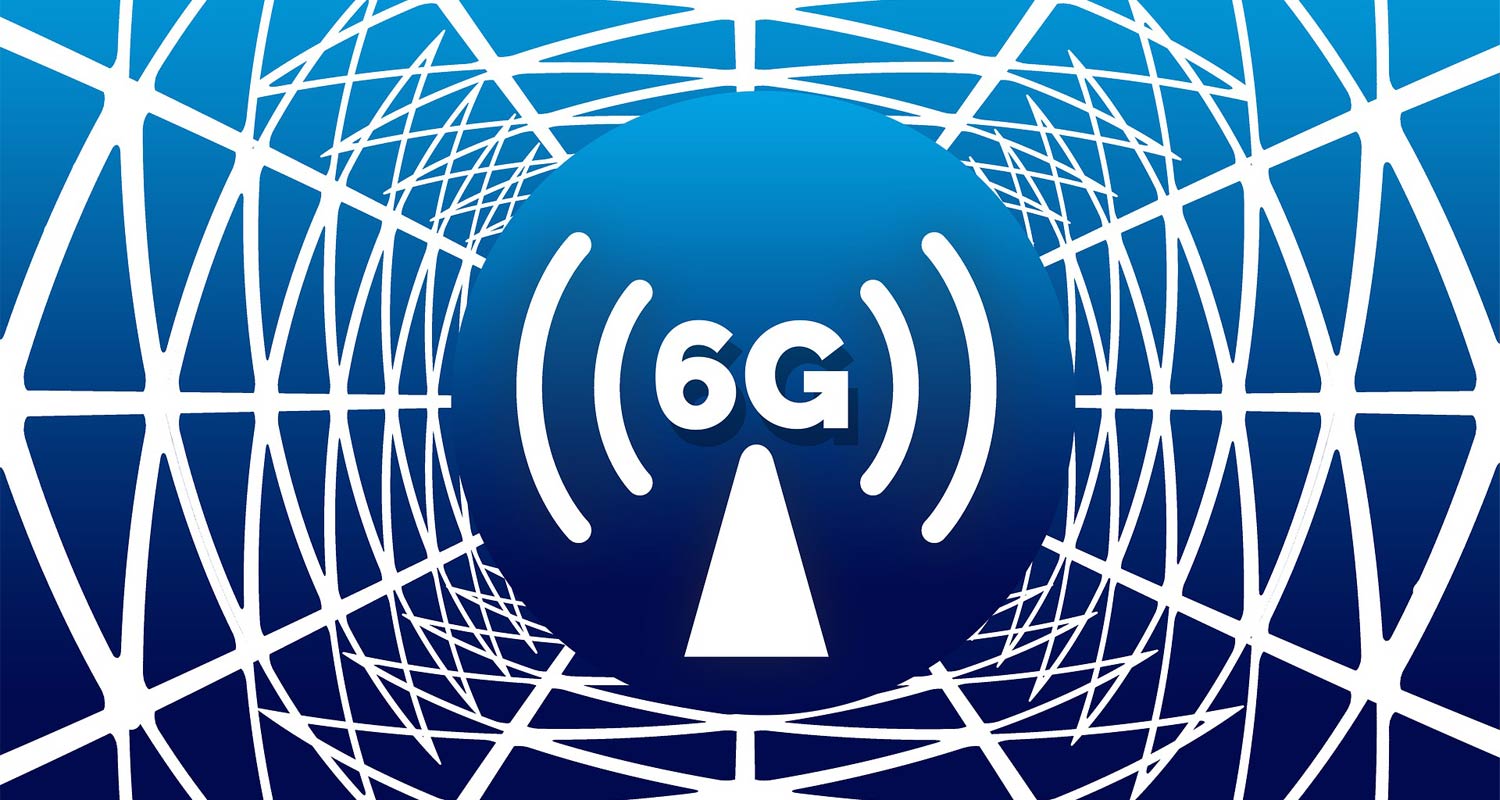By the end of the year, 5G subscriptions are expected to reach 2.9 billion – about a third of all mobile subscriptions globally, according to the latest Ericsson Mobility Report.
And just nine years after its launch, 5G is expected to overtake 4G globally as the dominant mobile access technology by subscription by the end of 2027.
The highest 5G subscription penetration is expected to be in North America (79%), followed by north-east Asia (61%), and western Europe and the Middle East (both 55%).
The report said that 5G standalone (SA) is key to improving wearables, with smartwatches already integrating connectivity and smart glasses set to follow.
The first widely used smartwatch supporting 5G SA reduced capability (RedCap) is now supported by over 20 service providers, underscoring a growing focus on 5G SA-enabled devices.
“Although wearables cannot compare in sales volume to smartphones, they may have an important role in the future device ecosystem. Device manufacturers selecting 5G SA with RedCap for devices requiring long battery life confirms that the 5G SA era is here, with the rest of the ecosystem expected to follow,” the report said.
While lightweight smart glasses typically connect to a cellular network through a companion device – like a smartphone – integrated connectivity is expected in the next two to three years.
Uplink performance
Ericsson said early adopters of virtual and augmented glasses report benefits such as the simplicity of hands-free phone calls and use of the simple screen for incoming messages. However, whether smart glasses will ultimately replace smartphones is unknown. Sales volumes are less than 1% of smartphones.
Ericsson said the smartphone industry is increasingly focusing on uplink performance, with certain models supporting uplink Mimo (multiple-input, multiple-output) technology, enabling the simultaneous transmission of data over several antennae. This increases uplink speed and reliability.
Read: Vodacom testing advanced new 5G technology
“However, adding more uplink capabilities to the smartphone can introduce size, complexity, cost and battery performance challenges. For fixed-wireless access, there is a concurrent trend to increase output power to strengthen the uplink signal. Overall, the intensified focus on uplink aligns with today’s demanding user behaviour, where people upload content more than ever before.”
The report said electric vehicles and drones are driving 5G innovation, with smartphone and established chipset vendors now investing in the EV sector. It found that as cars offload more computational tasks, their data consumption increases. For example, autonomous taxis rely on reliable connectivity that can be further enhanced using network slicing.
 Meanwhile, looking at the next generation, the 6G standardisation process has already begun. Ericsson expects the first commercial launches to be driven by leading service providers in frontrunner markets.
Meanwhile, looking at the next generation, the 6G standardisation process has already begun. Ericsson expects the first commercial launches to be driven by leading service providers in frontrunner markets.
It said 6G is expected to have only a standalone architecture with a core network built on the architectural principles of 5G SA, extended with new capabilities such as AI and integrated sensing and communication. A new radio access network architecture will be defined, including a new radio interface.
For traditional use cases, like enhanced mobile broadband, fixed-wireless access and the internet of things, 6G will advance performance and service differentiation.
“As these network technologies open up new service possibilities, use cases such as massive digital twinning, autonomous mobility and wide-area mixed reality are likely to gain broader commercial adoption,” the report said.
Global 6G subscriptions are forecast to reach 180 million by the end of 2031. This does not include early uptake of AI-enabled IoT devices such as autonomous vehicles, smart glasses and drones. If 6G subscription uptake occurs earlier, this forecast could be surpassed significantly.
The timing of commercial launch will vary between regions and countries. The launch of commercial 5G was relatively early in the US, China, Japan, the Middle East and South Korea. It is expected that these countries will be among the first to roll out 6G commercial services.
Read: EU moves to ring-fence 6GHz band for 6G, squeezing out Wi-Fi
India, which has been vocal about its ambition to lead in 6G technology, is also expected to launch 6G commercially early on. – © 2025 NewsCentral Media
Get breaking news from TechCentral on WhatsApp. Sign up here.

